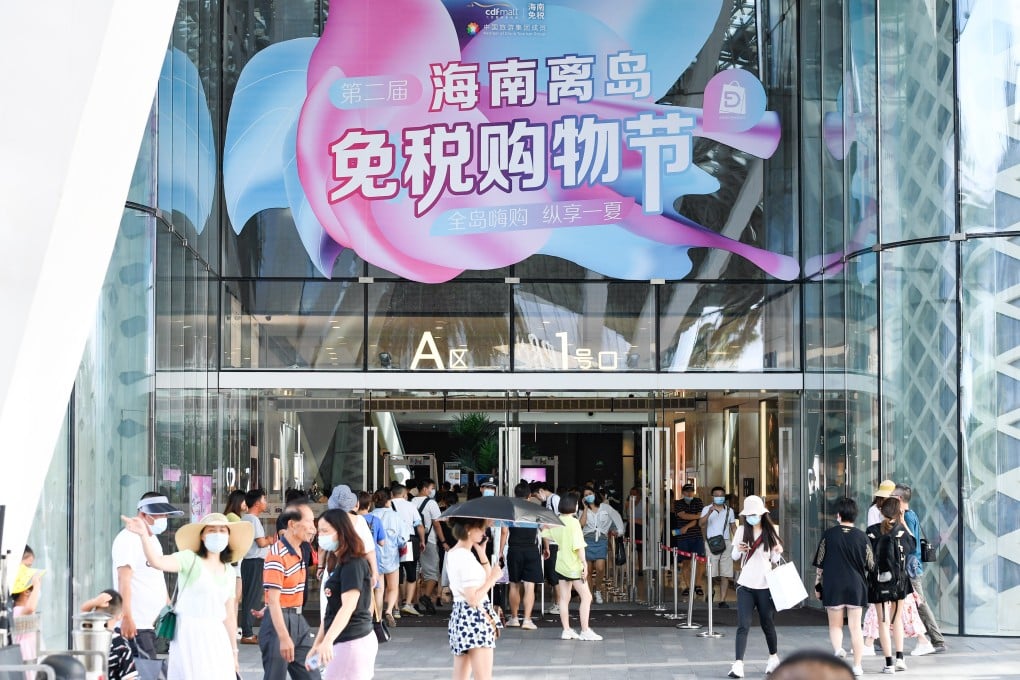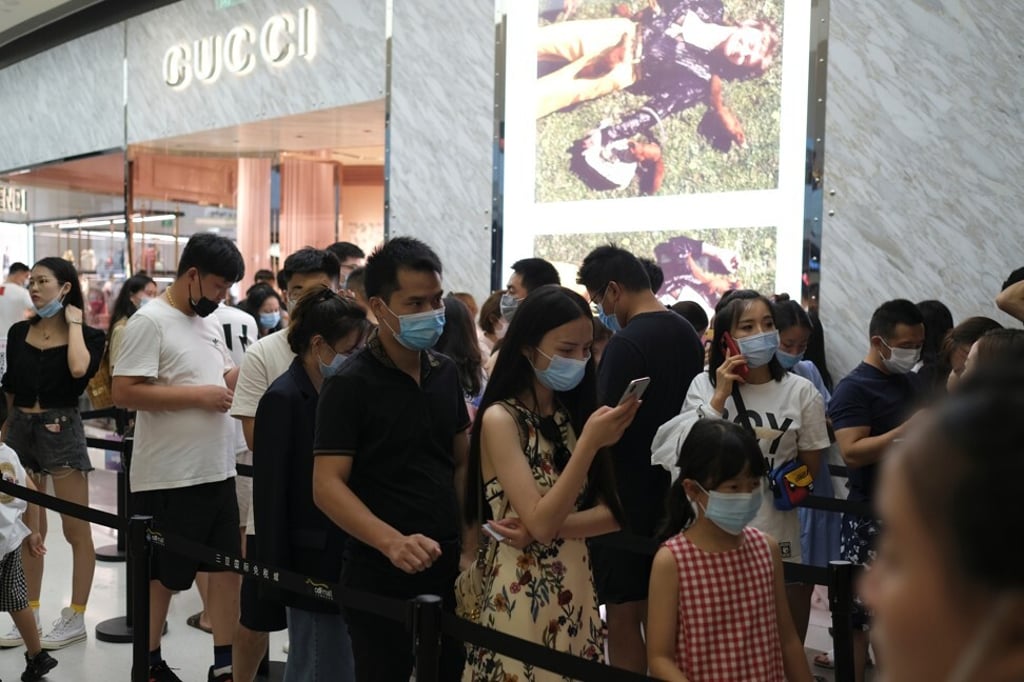Luxury brands set sights on Chinese tourists in Hainan as extended duty-free quotas and pandemic-free shopping attract travellers
- With a tripling of its annual duty-free shopping quota and planeloads of tourists arriving all summer, China’s Hainan island is the new darling of travel retail
- But its growth could have severe consequences for other cities in Asia that rely on Chinese tourism, including Hong Kong and Macau

Sanya is a place best described in superlatives. It has the whitest sand and the warmest sea in China, the glossiest new five-star hotels in the region – and now the fastest growing luxury fashion market in the world.
The Chinese holiday island of Hainan, and Sanya in particular, has long been a tourist destination. But since 2011, Beijing has also been pushing its offshore duty-free shopping policy there. The results have been explosive – in 2019, retail sales at Hainan’s offshore duty-free shops hit almost US$2 billion.
“For many major international players, the CDF Mall in Haitang Bay is their number-one or number-two store in the whole duty-free world,” says Martin Moodie, a leading authority on the global tax- and duty-free industry and the founder of The Moodie Davitt Report. “That status has been reinforced by the pandemic, which has had a drastic impact on Chinese travel and shopping abroad.”

The combination of Sanya’s white-sand beaches and cheap shopping has proved more irresistible than ever in a year of closed borders. While the island was hit by lockdown in March and April, it hasn’t reported a single case of coronavirus since April 23.